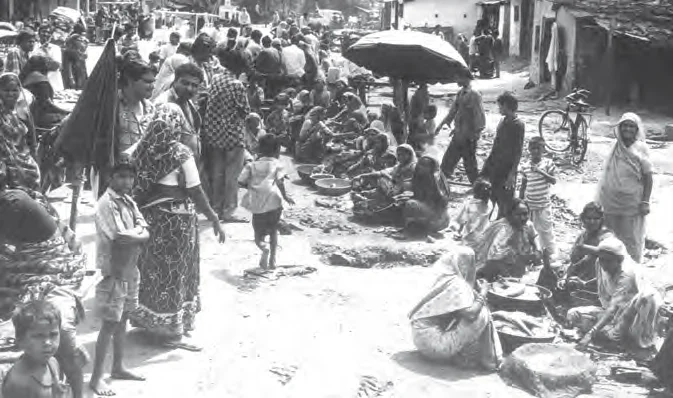![]() December 5, 2023
December 5, 2023
![]() 362
362
![]() 0
0
Despite seven decades of development planning in India with the objective of providing decent livelihoods, over half of the Indian workforce still relies on farming as their primary source of income.
It has been envisaged that the industrialisation strategy would bring surplus workers from agriculture to industry with better standard of living as in developed countries.
The observable trend within the Indian workforce indicates a notable rise in the proportion of casual laborers, signifying a substantial shift in the employment landscape.

Road side vending: an increasing variety of informal sector employment
|
Formal Sector Employment
|
|---|
Informalisation in Ahmedabad
|
|---|
<div class="new-fform">
</div>

Latest Comments